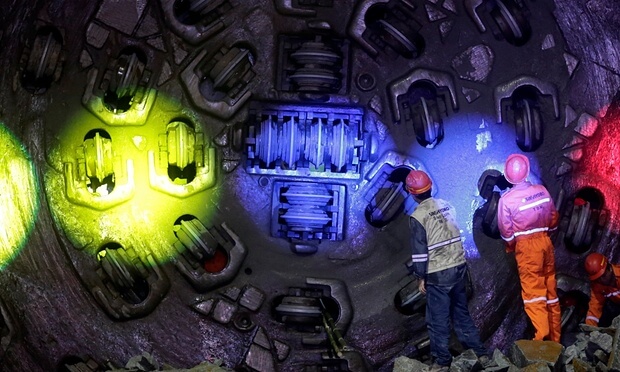 According to a report released by Frankfurt School UNEP Center (United Nations Environment Program) and Bloomberg New Energy Finance, renewable energy is officially a globally significant source of power.
According to a report released by Frankfurt School UNEP Center (United Nations Environment Program) and Bloomberg New Energy Finance, renewable energy is officially a globally significant source of power.
Developing countries have been rapidly expanding the infrastructure for renewable energy production, which includes carbon-free renewable power plants. For the first time, in 2014, such power plants surpassed 100,000 megawatts of capacity, according to the report titled Global Trends in Renewable Energy Investment. This is evidence that renewable energy is finally entering the global market at scales that are relevant to the rest of the energy industry and, more importantly, prices now appear to be competitive with fossil fuels.
Wind power, solar power, and biomass are renewables that generated an estimated 9.1% of the world’s electricity in 2014. In 2013, that estimate was only 8.5%. Numbers like these have caught the eye of investors, and in 2014, energy investments rose 17%. Dollar-wise that is $270 billion now invested in developed countries, according to the report. In developing countries, where the progress of renewable energy initiatives would bring about the most benefits, clean energy investments rose 36% to $131 billion.
Although various experts admit that fossil fuels will continue to supply the majority of our energy for the foreseeable future, there is now evidence to point to at least a decline in fossil fuel dependence. Despite oil prices drastically declining, energy investments–particularly for renewables–rose, even though many expected the opposite to happen. China has so far led the charge, investing $83 billion in clean energy funding. Many countries are now beginning to follow their lead.
To put the growth in renewable energy into perspective, 70% of new power capacity added throughout Europe has come from renewable energy sources. 100,000 megawatts of renewable capacity has been added around the world, which is equivalent to the total installed nuclear power capacity in the United States.
